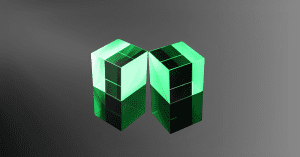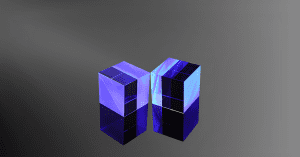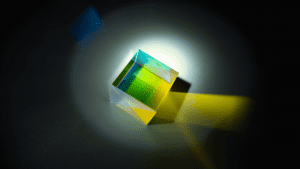Key Takeaways
- Beam splitters, essential for applications such as teleprompters and holograms, have different types that play a vital role in splitting light beams, while beam splitter coatings enhance optical surface properties, minimizing power loss and prolonging equipment lifespan.
- Common types include cube and plate beam splitters, polarized and non-polarized variants, and dichroic beam splitters.
- Their diverse applications underscore their significance in advancing technology.
Exploring the Significance, Function, and Types of Beam Splitters
A beam splitter is applied in various fields, from teleprompters to robotics. Without it, a lot of technology you know would not function. So, how does a beam splitter work? What are its types and applications?
This article will cover what a beam splitter is, where it is applied, and the various types that exist.
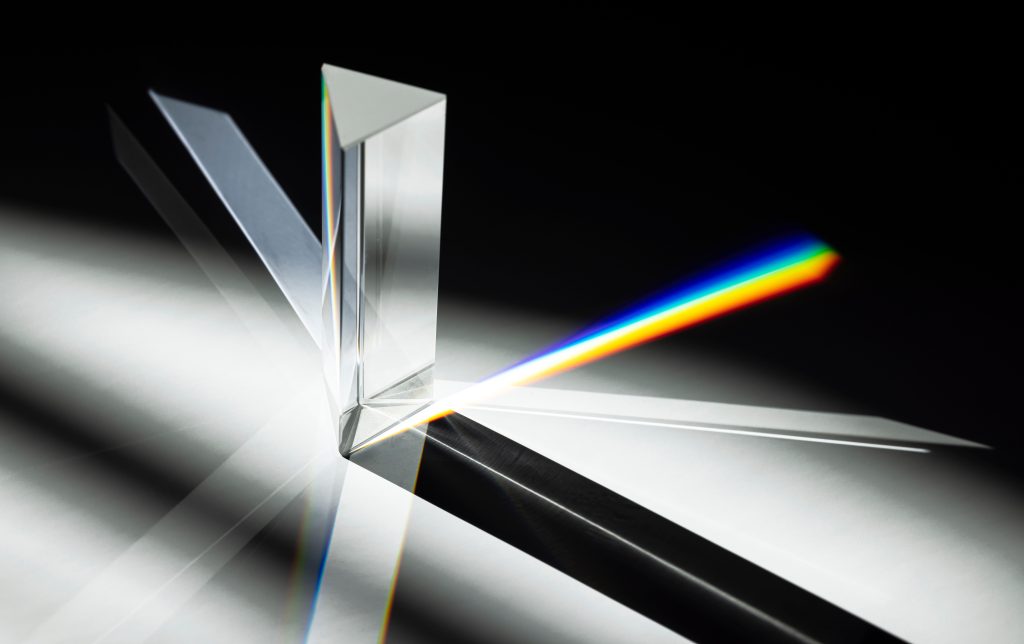
What is Beam Splitter?
A beam splitter is any device that can guide light in two separate directions. The majority of these devices are constructed using glass cubes. Half of the light beam, when shone at the cube, passes through the glass, while the other half is reflected.
They have been used in physics investigations to measure things like the speed of light. In real-world applications, they can be found in fiber optic telecommunications. This means that your high-speed internet connection might not function efficiently without them.
They are also utilized in optical devices such as microscopes, telescopes, cameras, and binoculars.
Major Examples of the Usefulness of Beam Splitters
Teleprompters
Beam splitters are used in teleprompters, and these devices are an essential part of media. They help performers, politicians, YouTubers, and others read out scripts without losing eye contact.
This is especially important for those who struggle to remember their lines. With a teleprompter in play, the individual can focus on body language and delivery, which allows them to appear more confident and calm.
The most vital part of a teleprompter is a piece of beam splitter glass. Putting a black shroud behind the glass makes it easier to read the writing. Also, you can show the writing on a tablet, phone, or laptop.
Holograms
Holograms and similar illusions are done using beam splitters. The light beam from the object bounces off the beam splitter, and the reference beam goes through it. To make a hologram, you must first use a beam splitter to separate the light from an object. For the picture in the mirror to stand out, you need a black background.
Interferometry
One of the most crucial applications of beam splitters is interferometry. A single beam is split in half, and one of the halves bounces off a surface. You may determine how far away something is by adding the light that returned to the initial beam, which helps to determine distance by generating interference patterns.
Other Uses
You can use beam splitters in several other fields, such as engineering, robotics, science, security cameras, smart mirrors, fiber optic, filmmaking, laser systems, and more.
Beam Splitter Coatings
Beam splitter coatings are applied to optical surfaces to enhance light reflection, transmission, and polarization. Without coatings, some of the light that enters through the glass is lost, making the system less efficient.
Metals and oxides are frequently employed to create thin films. You can find various beam splitter coatings composed of numerous materials and thicknesses used to provide the ideal balance of reflection and refraction. A good coating produces superior results and hides stains and scratches.
If the beam splitters have a metallic coating, some of the light’s power will be lost during the reflecting process. On the other hand, If the beam splitters have a dielectric coating, the output power would be nearly equal to the input power.
These films not only improve the performance of beam splitters but also safeguard the optical equipment’s surfaces. This will extend the lifespan of your beam splitter and all of its components.
Common Types of Beam Splitters
A Cube Beam Splitter
A cube beam splitter is made by putting two triangle-shaped glass prisms on top of each other and gluing or resining them together.
In the 1800s, natural Canada balsam resin was the most popular glue. Today, epoxies and urethane resins made from chemicals are used more often.
The prisms can also be put together with a technique called optical contact bonding. This is a precise method that requires both surfaces to be clean.
The manufacturer can change the resin layer thickness to change the ratio of power splitting for a certain wavelength. You can also add thin metal or dielectric coatings to split the beam based on its polarization or wavelength.
A Plate Beam Splitter
Plate beam splitters (dielectric mirrors) are thin pieces of optical glass with different coatings on each side. Most plates have an AR coating on the side that doesn’t face the light source to reduce Fresnel reflections. On the other hand, the side that faces the light source has an aluminum coating to act as a mirror.
At a 45° angle of incidence, the mirror coating is put on plate beam splitters so that half of the light is reflected and the other half is let through. This is the classic 50/50 beam splitter and is the most common type of beam splitter.
Plate beam splitters can also be made from IR materials like Calcium Fluoride (CaF2) and Potassium Bromide (KBr). KBr with a Germanium coating can be used for wavelengths up to 25μm, and CaF2 can be used for wavelengths up to 8μm.
The IR beam splitter is usually made as a plate and is meant to work as a device that transmits and reflects light in equal amounts. Most of the time, beam splitter coatings are put on the front, and AR coatings, like many other common plate designs, are put on the back.
Non-Polarized Beam Splitters and How They Work
Non-polarizing beam splitters divide light into an R/T ratio without changing its polarization.
In a 50/50 non-polarizing beam splitter, the P and S polarization states that are sent out and the P and S polarization states that are returned are split at the planned ratio.
These beam splitters are perfect for polarized light applications that require the light to retain its polarization.
Polarized Beam Splitters and How They Work.
Polarizing beam splitters split light into S-polarized beams that are reflected and P-polarized beams that are transmitted. They can be used to split light that isn’t polarized in half or to separate polarized light for things like optical isolation.
What Is a Dichroic Beam Splitter?
Dichroic beam splitters separate light based on wavelengths. There is a wide variety of options available, such as a laser beam combiner that is tailored for particular laser wavelengths and broadband hot and cold mirrors that are used to separate visible and infrared light. Applications dealing with fluorescence frequently make use of this particular kind of beam splitter.
Other Types of Beam Splitters
All beam splitters have one function: to split light into various beams. However, the way they split light varies based on their design. This article has already discussed a few of these beam splitter types, but here are a few more.
Pellicle Beam Splitters
Pellicle beam splitters are constructed from extremely thin substrates. The design of these splitters reduces the amount of beam being offset to a minimum.
When installing pellicle beam splitters, care should be taken because the mounting frame can bend under stress.
You should also keep in mind that these beam splitters are especially sensitive to changes in sound. So, to avoid temporary wavefront aberrations, they should be stored safely away from loud sounds.
You shouldn’t touch the surfaces of the pellicles, and you should only clean them with a small flow of dry, clean air.
Geometric Splitting Beam Splitters
Beams can also be split geometrically (aperture splitting), for example, by partially inserting a highly reflective mirror into a light beam so that some of the light can pass through.
The reduced wavelength dependency of the splitting ratio is an additional benefit over dichroic beam splitters. In some situations, the consequent alteration of the intensity can be handled (but typically not for imaging).
A common example of this beam splitter type is the polka dot plate beam splitter.
Polka Dot Beam Splitters
The “Swiss cheese” or “polka dot” beam splitter is not as popular as other beam splitter types. It is made of a polished mirror coating on the glass. Instead of the holes in the original Swiss cheese, which were meant to achieve the right level of transmission and ratio of reflection, modern designs use circular patches of metal coating that have been deposited.
Beam Splitters With Multiple Outputs
Most beam splitters come with two output ports, but there are a few that come with more than two. For example, they could be made with the help of diffractive optics. Using several beam splitters in a chain is another option.
Some systems send out a number of beams with similar optical strengths and a certain pattern in space.
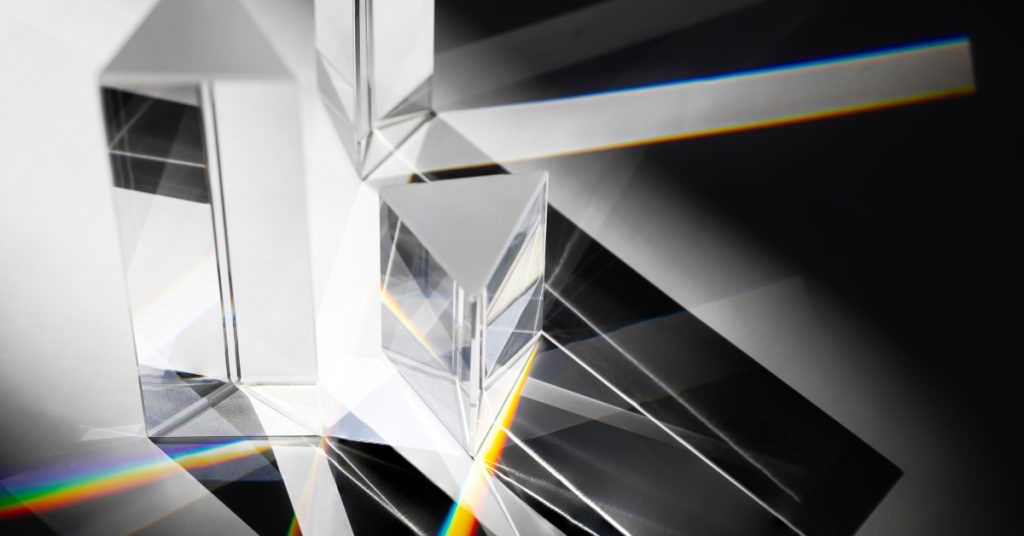
Conclusion
Optical beam splitters play a major role in various fields. We use them for teleprompters, holograms, and other optical illusions. However, their usefulness does not end there. You can find beam splitters being used for high-speed internet connections, cameras, telescopes, binoculars, and so much more.
While all beam splitters have one function, and that is to split light, they do so in various ways. Essentially, multiple types of beam splitters vary in intensity, polarization, and wavelength.
Hopefully, with this article, you have all you need to understand how beam splitters work, their usefulness, and their various types.
GREAT ARTICLE!
Share this article to gain insights from your connections!


